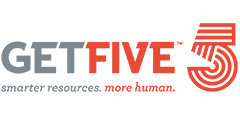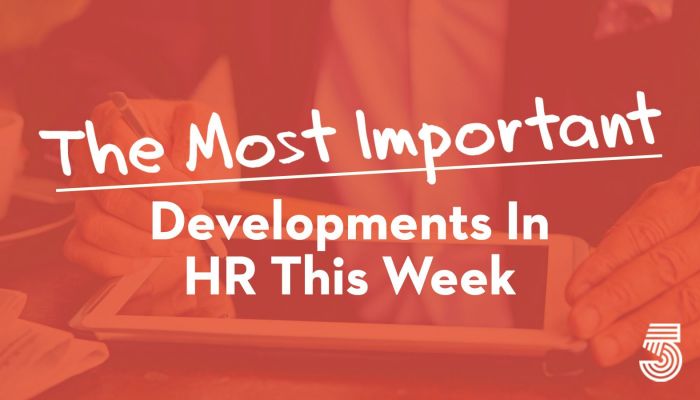The M.I.D., as we call it, is curated by our editorial team from more than 50 news sources. Like a lot of good ideas, this started as something I wanted for myself. If I can’t read everything, I at least want to stay abreast of the most important developments.
This week in HR, everyone was talking about meetings and engagement. We learned we need joy on the job to be engaged, wellbeing was the key to end quiet quitting, everyone hated excessive meetings… except they might be the key to making change stick, and the great gig debate went another round.

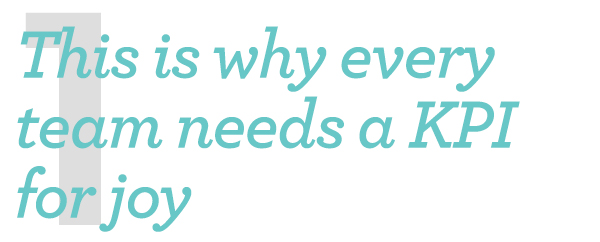
The ultimate challenge faced by organizations welcoming employees back into the office is that the value of working together in person is difficult to measure, because productivity is no longer a clear differentiator. In fact, coming into the office can feel a lot less productive than churning out a workday in your home office. If someone is getting their work done, why on earth would a manager (in a tough talent market) compromise their employee’s job satisfaction by asking them to go into an office? But are we all satisfied with our jobs right now? According to Gallup’s new State of the Global Workplace Report, only 21% of employees are engaged at work. A paltry 33% say their overall well-being is thriving. Forty-four percent say they’ve felt a lot of stress just within the last day. Why is this? Didn’t we embrace a better working model throughout 2020 and 2021, leaning into remote and flexible approaches to work? Hasn’t productivity maintained, or even increased, across the board? What’s missing? Fast Company

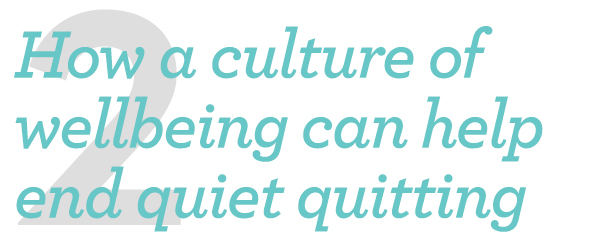
Quiet quitting, the act in which employees set clear boundaries without leaving their jobs, is a Gen Z-fueled trend that appears to have started on TikTok. The movement has gained traction on the platform, with #quietquitting gathering more than 20 million views. Many who support the practice label it a misnomer since it does not actually involve quitting, but instead, encourages workers to stop going above and beyond the work and time they are being paid for in their professional roles. For employers, this new trend may be a cause for concern. To prevent quiet quitting fueled by employee burnout, employers should consider finding ways to provide workers with the flexibility equity and long-term benefits that have lately been amplified as being most important. Encouraging team members to value wellbeing can help attract and retain top talent, plus contribute to a happier, healthier workforce. Not only will this help improve employee health outcomes but providing a holistic, coordinated approach to improving employees’ total wellbeing may significantly improve business results and productivity, Forbes reports. HR Executive

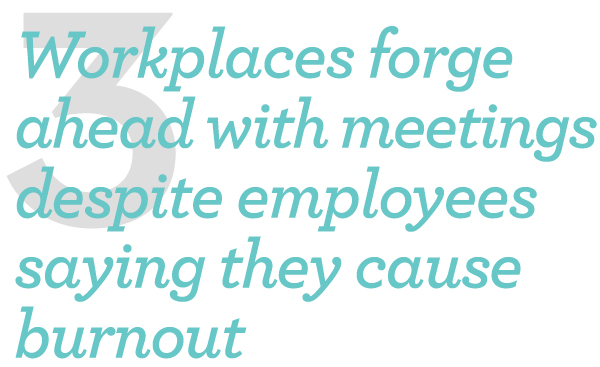
A recent report from meeting transcription and collaboration tool Otter.ai, in partnership with organizational psychologist Dr. Steven Rogelberg, found that professionals spend over one-third of their working hours in meetings. Yet, nearly 80% of employees report that their managers have not talked about declining meetings. Experts are saying it’s been long overdue for companies to rethink what percentage of the work day is dedicated to meetings. With a better balance, it could leave employees feeling less strain and lead to increased productivity. Sam Liang, CEO and co-founder of Otter.ai, said that the findings show there’s “a lot of room for improvement.” “Meetings at work will never be the same as before the pandemic,” Liang continued. “Employees now demand a flexible, collaborative, and hybrid work setup that meets the new work-life balance and changing attitudes created by working from home for such a long period.” In a McKinsey report, released on Wednesday, effective meetings and time management were outlined as a key part of raising the resilience of an organization. The report found that in the post-pandemic era, 80% of executives were considering or already implementing changes in the content, structure, and cadence of meetings. Work Life

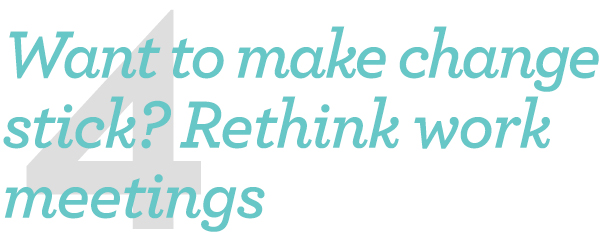
The Work Trends podcast, recently rated the #1 HR podcast, focuses on workplace issues with host Meghan M. Biro. In the latest edition, she talks with Lindsey Caplan, organizational psychologist, communication strategist, and founder of The Gathering Effect. By blending her experience in education, entertainment, and business, Lindsey offers practical tools to help drive lasting workplace change. For better or worse, change is a constant in today’s workplace. And in an uncertain future, it will remain a strategic priority for organizational success. But encouraging people to change is also one of the biggest challenges leaders face. How can we leverage internal communications to make change initiatives work? Could we find the answer in something as simple as everyday meetings? Join me as I explore this question in depth on the latest #WorkTrends podcast episode. Talent Culture Work Trends podcast

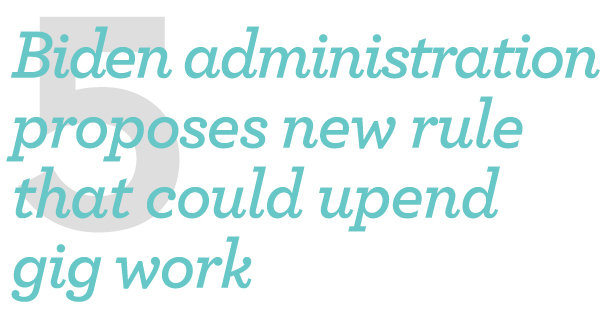
The Biden administration is proposing a rule that could result in more “gig” workers being considered full-time employees, a potentially major shift in the nation’s labor laws that could disrupt ride-sharing, delivery, construction, and other companies that employ independent contractors. The draft rule, to be formally published on Thursday, is a test that the Department of Labor uses when it determines if employers broke wage and hour laws. It formally directs the agency to consider six factors when determining if a worker is an employee — and therefore entitled to minimum wage, overtime, and the right to unionize — or an independent contractor, which is essentially a self-employed individual in business for themselves. “We continue in our enforcement work to identify workers who are not properly classified, in construction, health care, even in restaurants, where we found that dishwashers were improperly classified as independent contractors to avoid paying them overtime,” Jessica Looman, principal deputy wage and hour administrator with the Labor Department, told reporters on Tuesday. CBS News





